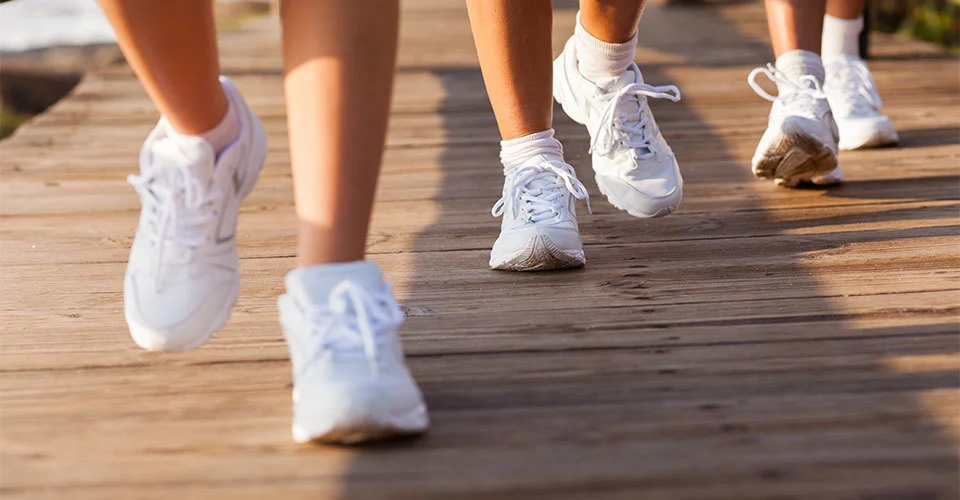Ingrown nails may cause pain at the end of the toe or all along the edge. Pain is often worse in shoes. The edge that is in the skin may cause infection or inflammation. The toe may be red, swollen, or have pus or drainage.
How can it be prevented?
Because of nail shape and other factors, not all ingrown nails can be prevented. However, cutting nails too short may leave a rough edge or a corner that can pierce the skin as the nail grows outward. Cutting the toenails straight across allowing the sides of the nail to be smooth and just over the skin on the end of the toe can help prevent ingrowing toenails.
How is it treated?
At Pioneer Podiatry, our initial treatment goal is relieving pain and clearing infection or inflammation. If the toe is not infected, your podiatrist may be able to carefully trim the ingrown nail edge, without any discomfort. An infected toe usually requires removing the edge (a portion of the ingrown toenail) or, in some cases, the entire nail.
If your ingrown nail is reoccurring, we can perform a procedure called a partial nail avulsion with matrix phenolisation, which involves removing the whole edge of the offending nail and sterilising the nail bed for a permanent solution to your chronic ingrown nail. This procedure is painless as it is performed under local anaesthetic, and the recovery time is very fast. Most people can return to work the next day, as long as they are able to wear an open-toed shoe (eg sandals/ thongs) for a few days.

